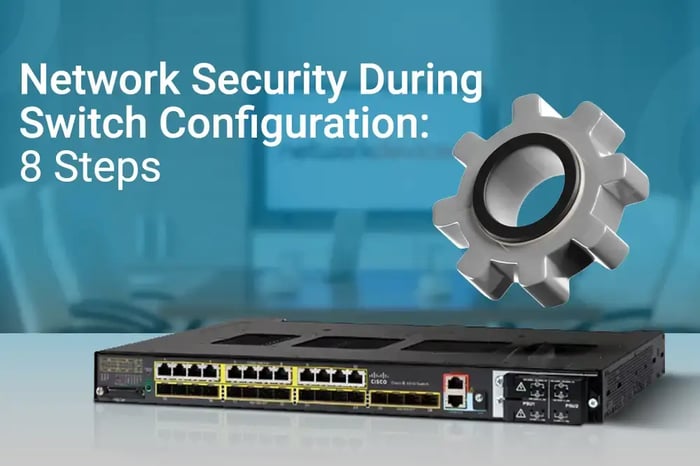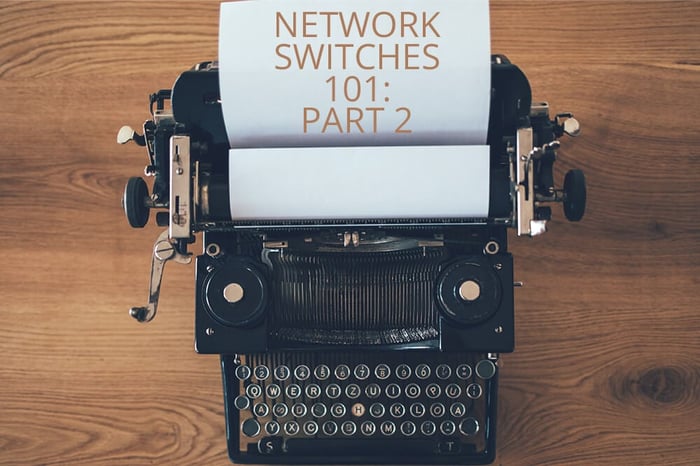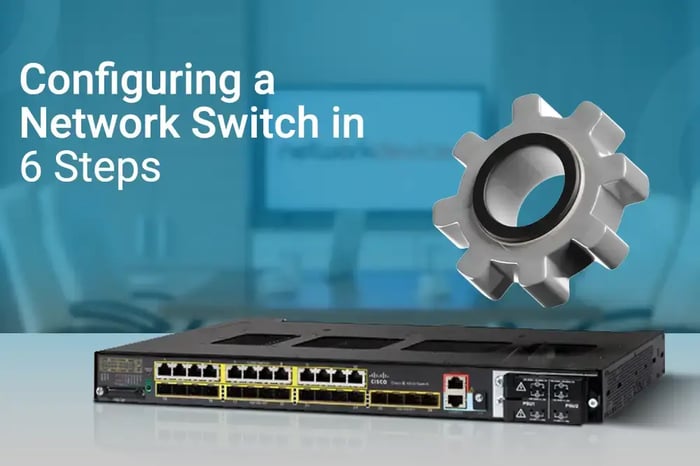You have no items in your shopping cart.

Network Security During Switch Configuration: 8 Steps
Here is an easy-to-digest list to review some of the best security practices for network switch configuration and deployment.
We have covered six main steps for configuring a switch in a PREVIOUS POST. However, more than configuring a switch is required in the current networking ecosystem. You should also follow best security practices.
Security is only as strong as the weakest link in the system. The weakest link in a LAN infrastructure is considered to be the data link layer where the network switch works. Securing the LAN switch and datalink layer from various physical and logical attack vectors is a primary task for network security engineers.
Therefore, we provided some of the best security practices for network switch configuration and deployment.
Here is the list:
1. Set strict password
Before exploring the security features of the switch, setting up a strict password is a crucial step. As per industry standards, a password must be between 8-12 characters long, including letters, numeric values, and Open Sanss.

Like any other password, the password must not contain names or simple alphanumeric values.
2. Set CLI and web console Passwords
Switches can be configured and monitored via:
· Command line interfaces by connecting the console cable or
· Using an SSH client and web UI
CLI provides more visibility and advanced troubleshooting features. Securing both entries with a strict password ensures that no one can access any of these without valid credentials.
3. Implement port security
Port security offers protection from miscellaneous attacks like MAC flooding, DAI, and DHCP snooping. By configuring port security on a network switch, the administrators can define a maximum number of MAC addresses to learn and accept on a particular ethernet port. This handy security feature offers better granular control over end devices.

4. Enable STP BPDU Guard
The Bridge Protocol Data Unit (BPDU) Guard feature is one of the STP enhancements.
· BDPU enhances switch network reliability and security.
· STP ensures a loop-free topology for any Ethernet LAN.
· STP prevents loops and broadcast radiation.
It is recommended to enable BPDU Guard on access ports. Therefore, any end-user devices on these ports with BPDU Guard enabled cannot influence the topology. Any malfunctioning device connected to an ethernet port can flood the Layer 2 network with unwanted BPDU that causes STP to break down.
5. Shut unused ethernet ports

Manually shut down unused ethernet ports. Attackers or anyone with physical access to the network switch can easily get into the internal network by connecting to the open ethernet ports.
6. Manually configure port mode: trunk and access ports
By default, switch ports are in an auto-negotiation mode, which means the port will adjust itself either as an access or a trunk port. This adjustment leaves the switches vulnerable to internal attacks where an attacker can just plug the RJ45 ethernet cable and gain access to the network.
7. Enable SSH and disable Telnet

Telnet is a pretty insecure protocol to be used. The data packets are not encrypted in a Telnet communication and are available in plain text. For secure remote communication, you must enable SSH and access the command line interface using SSH only. It is a secure cryptographic protocol that protects the integrity of data packets using a robust encryption mechanism.
8. Use HTTPS for WEB UI access
HTTPS uses digital security certificates to ensure secure connections and traffic flow. Using HTTPS connection for web interface management further strengthens the switch's security. HTTP, on the other hand, is less secure and should be the lesser option.

Final Words
We have mentioned some of the best industry standards and security practices to protect network switches above. You should follow them for your switch configuration for the best performance.
However, other aspects and layers of security need to be implemented to counter cyber-attacks. Apart from network switch security, organizations must implement firewalls, endpoint protection, and application security. You can READ OUR PREVIOUS ARTICLE on network security for a deeper understanding.
Want to know more about network switching and brands best for your needs? GET IN TOUCH with our expert customer service today.













